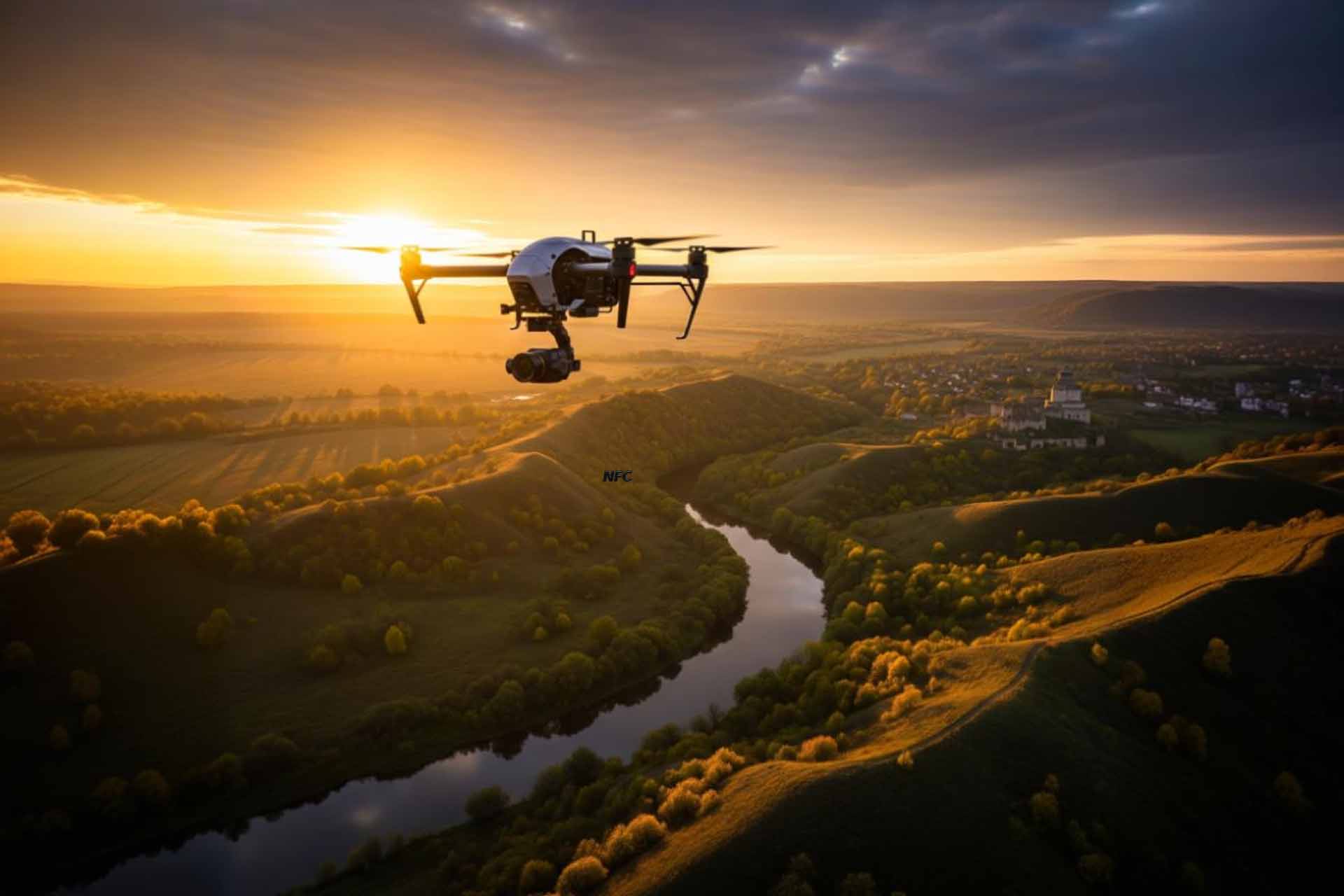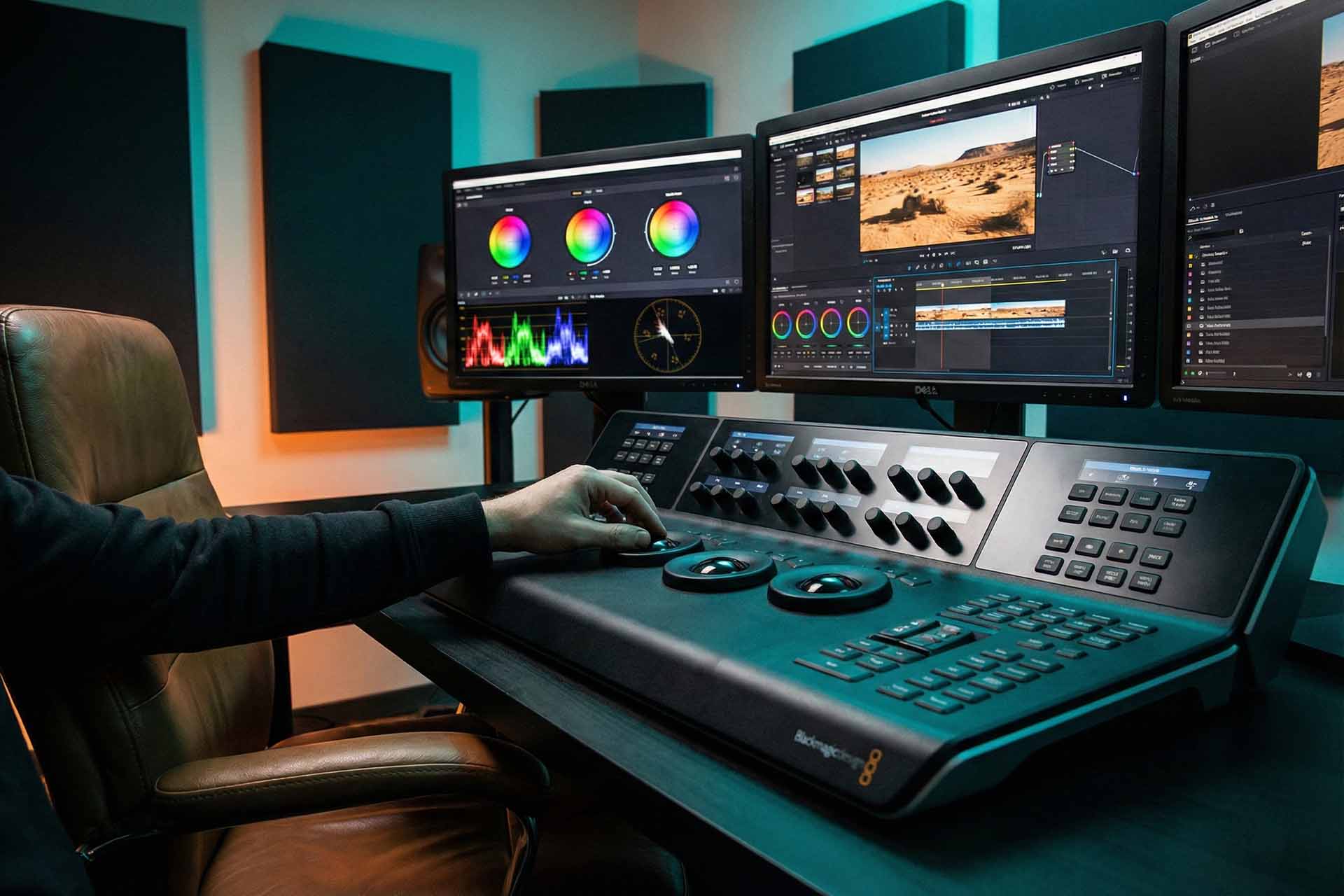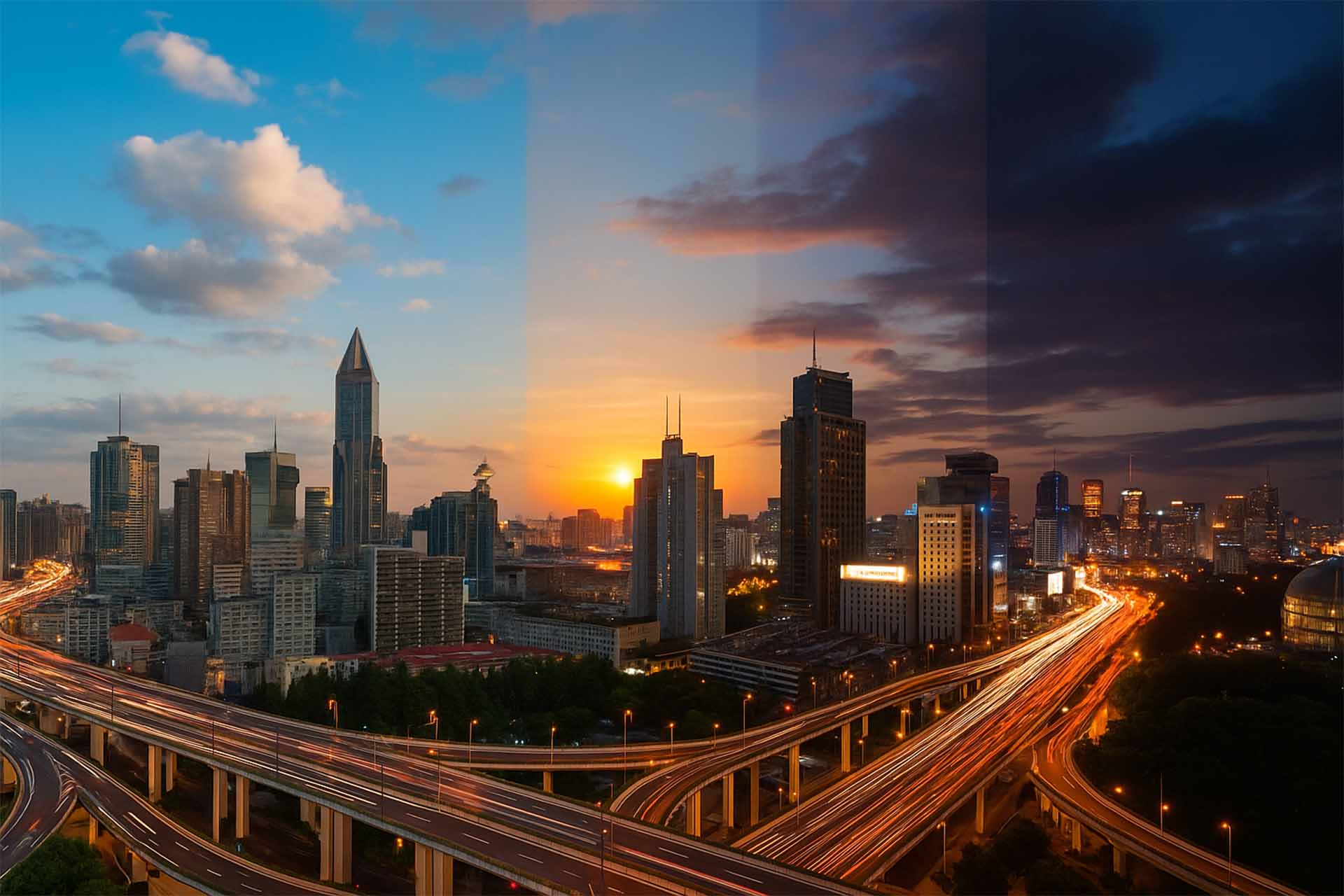
5 Common Mistakes to Avoid for Cinematic Aerial Shots
Aerial photography and drone videography can create stunning cinematic visuals — but only when done right. Many photographers, especially beginners, often fall into avoidable mistakes that reduce the quality of their shots. If you want crystal-clear, professional results, here are the five most common aerial photography mistakes you should avoid.
1. Flying Without a Plan
One of the most frequent beginner mistakes is flying drones randomly without a clear shot plan. Instead of wandering aimlessly, always define your starting point, ending point, and camera angle before takeoff. Use structured drone movements such as:
- Starting with a close-up and slowly pulling back to reveal the full scene.
- Tracking a subject from the side or behind.
- Flying in a smooth circle around a stationary target.
2. Filming at High Speed
While fast drone movements might look exciting at first, they often result in shaky, unstable footage. Cinematic drone shots are usually smooth, steady, and slow. Lower your drone’s speed, handle the controls gently, and avoid sudden movements. The slower and smoother your movements, the more professional your footage will look.
3. Ignoring Camera Settings
Many assume that image quality depends only on the drone, but the camera settings are even more critical. To achieve cinematic results:
- Follow the 180-degree shutter rule. For example, if filming at 24 frames per second, set your shutter speed to 1/48 or 1/50.
- Use ND filters (Neutral Density Filters) to balance exposure on sunny days.
- Manually control ISO, aperture, and white balance for consistent results.
4. Relying Only on Wide Shots
Wide landscape shots are beautiful, but they don’t tell the full story. Great aerial cinematography blends wide shots, medium shots, and close-ups. Don’t hesitate to fly close for detailed shots, such as a lone tree, architectural details, or people in action.
5. Overlooking Lighting Conditions
Lighting can make or break your aerial footage. Always time your shoots carefully:
- Golden Hour (sunrise & sunset): Soft, warm light adds depth and cinematic shadows.
- Blue Hour (just after sunset or before sunrise): Cool, dramatic tones for a moody effect.
- Avoid midday light: The harsh overhead sun creates flat, unappealing images with deep shadows.
Loop Media: Your Partner in Cinematic Aerial Production
At Loop Media, our experts specialize in creating cinematic aerial content that captivates audiences. With years of experience in both visual and written content production, we help brands achieve professional-quality results.
- 📞 (+966) 53 692 8397
- 📧 Support@loop-media.co
- Visit our Contact Us page.
This article is available in Arabic. You can read the Arabic version [here].
 العربية
العربية


